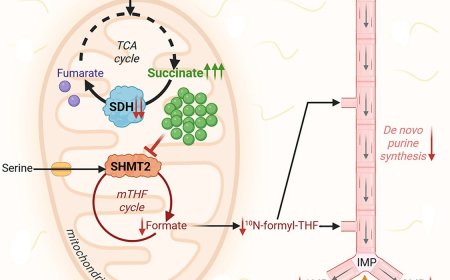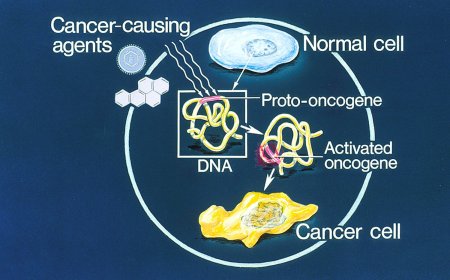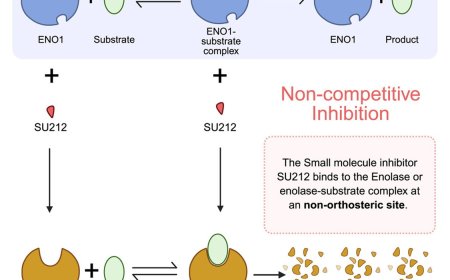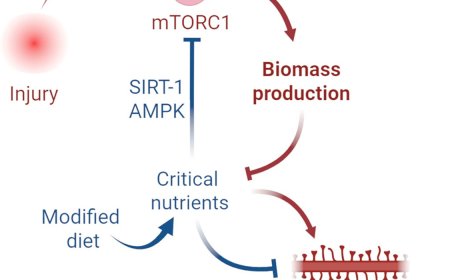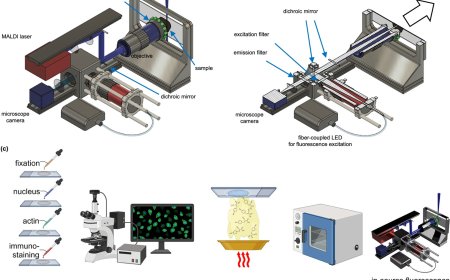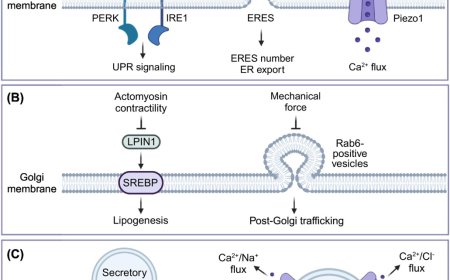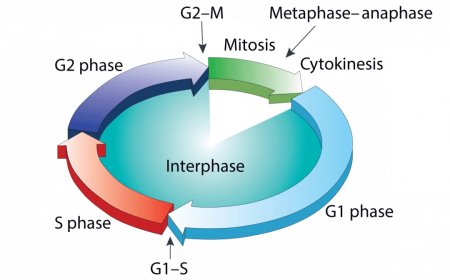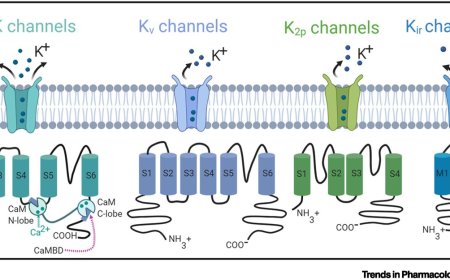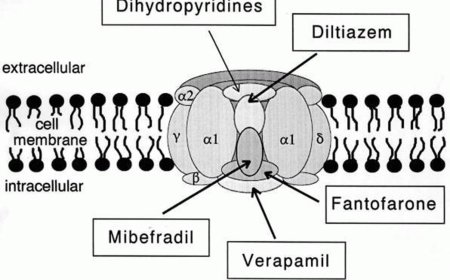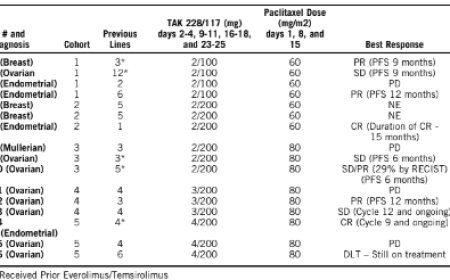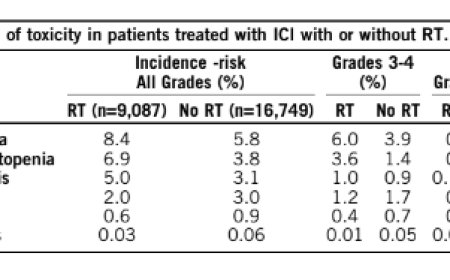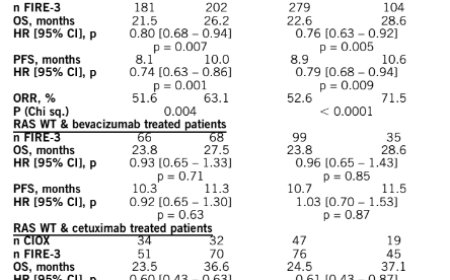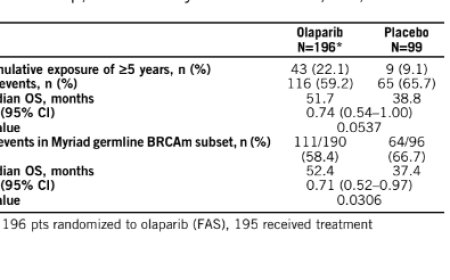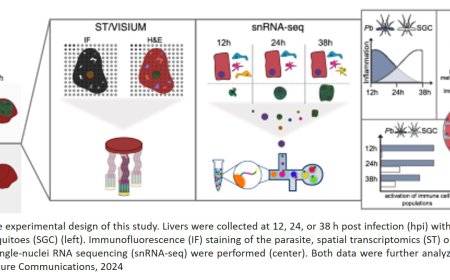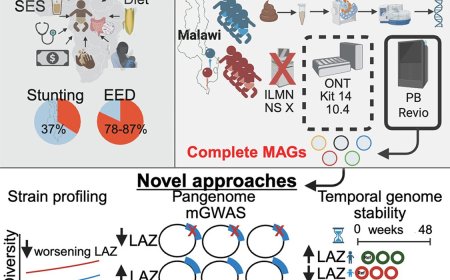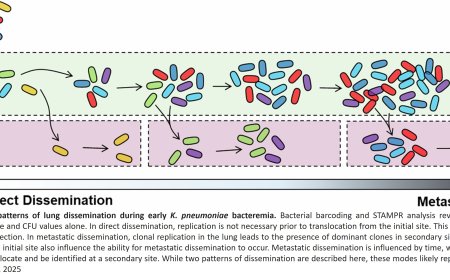HIV-1 integrase structure revealed!
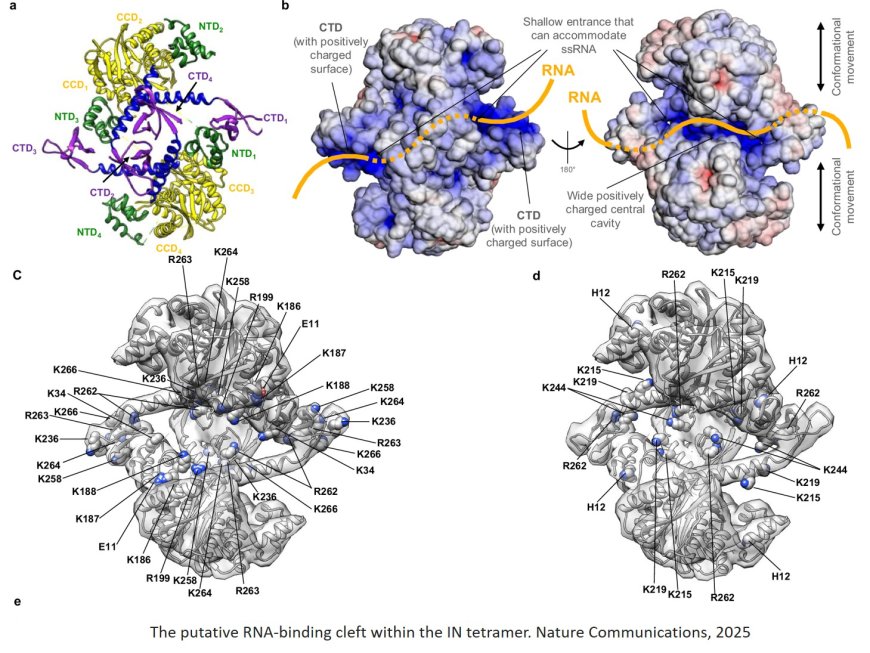
The rate of HIV infection continues to climb globally. Around 40 million people live with HIV-1, the most common HIV strain. While symptoms can now be better managed with lifelong treatment, there is no cure to fully eliminate the virus from the body, so patients still often struggle with related health issues, side effects, social stigma, and drug resistance.
One of the most promising treatment avenues is disrupting HIV replication by impairing the function of integrase, a protein named for its role in integrating viral genetic material into the human host genome. However, scientists have recently noticed that integrase does more than just integration. Later in HIV’s replication cycle, integrase interacts with viral RNA to help the virus spread and infect new cells.
Taking on these two distinct roles—first with DNA, then RNA—requires changes to integrase’s protein structure. The researchers recently captured these important structural changes for the first time, creating novel 3D models of integrase in both roles. Now, scientists can connect the dots between integrase’s form and function to begin developing compounds that could impair distinct functions of integrase and, in turn, better treat people living with HIV.
The new study was published in Nature Communications.
“We are just now finding that these integrase proteins that we have studied for years perform unexpected functionalities, like interacting with RNA,” says the senior author. “Determining how integrase interacts with RNA will help us better understand this new role and inform the design of novel and more effective HIV therapeutics.”
When a virus infects a cell, it inserts its genetic material (DNA or RNA) into the host genome and hijacks the cell’s machinery to make more of the virus. Traditional RNA viruses must bring their own RNA replication tools because the cells are only designed to replicate DNA. However, HIV is a retrovirus, meaning it can reverse-engineer DNA from RNA. Once it has infected a cell, the virus uses that RNA to create complementary viral DNA, which it then inserts into the cell’s own genome. From there, the cell becomes an HIV factory—churning out new viral RNA that gets packaged and sent off to infect more cells.
Integrase performs the DNA-insertion process, which is a hallmark of the viral replication cycle, making the protein an obvious target for HIV-1 drugs like Dolutegravir. However, HIV-1 evolves rapidly and is prone to developing drug resistance.
Studying the mechanisms of drug resistance is one way to cope with HIV-1’s rapid evolution. Another way is to develop new drugs that target new processes. Instead of targeting integrase during DNA insertion, future drugs could instead target integrase during its recently discovered second role: interacting with the newly produced viral RNA as it’s packaged into nascent viruses that have left the cell.
"Very little is known about what integrase is doing in the later stages of HIV replication,” says co-first author. “Our use of cryo-electron microscopy to discover the architecture of integrase during this mysterious period is a significant step for HIV research.”
Cryo-electron microscopy allows researchers to see a protein’s 3D structure as it occurs in nature. Just like a building’s architecture informs its function (think of a movie theater’s layout versus a restaurant’s), a protein’s architecture informs its function, too. With a structural blueprint of a protein in hand, scientists can begin imagining how it works and envisioning compounds that would fit into its structure to enhance or inhibit it.
The researchers used cryo-electron microscopy to collect two distinct integrase structures: 1) the form that integrates the viral DNA into the host cell’s genome, and 2) the form that likely interacts with the newly produced viral RNA later in the HIV replication process.
First, they determined integrase’s architecture as it forms the “intasome”—a special assembly of proteins and viral DNA. In this intasome form, integrase is made up of four identical four-part complexes that connect to create one 16-part complex. This huge structure encircles the viral DNA, holding it in place to facilitate its integration with the host genome.
Second, they determined integrase’s more mysterious protein architecture as it interacts with RNA. At this point, the protein ditches the giant sixteen-part complex in favor of a simpler, smaller four-part complex. Based on this four-part structure, the team has an idea of how integrase might interact with RNA, and they are planning follow-up studies to confirm their suspicions.
Integrase is a highly adaptable protein, capable of building up into a 16-part complex, then breaking back down into a four-part complex. The senior author says this flexibility is surprising, and though some of the structural changes are subtle, they can make substantial differences in the drug development process.
“We’ve created the first blueprints for integrase’s structure during these crucial steps in HIV replication,” says another co-first author. “Now we can use those blueprints to design new drugs that suit this structure and disrupt the destructive HIV-1 invasion and replication process.”
